Chapter 9: Sentencing & Parole in Canada
1/81
There's no tags or description
Looks like no tags are added yet.
Name | Mastery | Learn | Test | Matching | Spaced |
|---|
No study sessions yet.
82 Terms
reparations
A sentence where the offender has to make a monetary payment to the victim or the community; see also restitution

specific deterrence
A goal of criminal sentencing that seeks to prevent a particular offender from engaging in repeat criminality.

general deterrence
A goal of criminal sentencing that seeks to prevent others from committing crimes similar to the one for which a particular offender is being sentenced by making an example of the person sentenced.

indigenous overrepresentation
The discrepancy between the relatively low proportion of Indigenous people in the general Canadian population and the relatively high proportion of Indigenous people involved in the criminal justice system

Supreme Court of Canada
Created in 1875, the Supreme Court of Canada consists of eight judges plus the chief justice, who are all appointed by the federal government.
It is the final court of appeal in Canada, and lower Canadian courts are bound by its rulings.
It also provides guidance to the federal government on law-related matters, such as the interpretation of the Canadian Constitution

restorative justice
An approach for dealing with a crime that emphasizes repairing the harm caused by it. Based on the philosophy that when victims, offenders, and community members meet voluntarily to decide how to achieve this, transformation can result. Sometimes used with Indigenous offenders but not exclusively
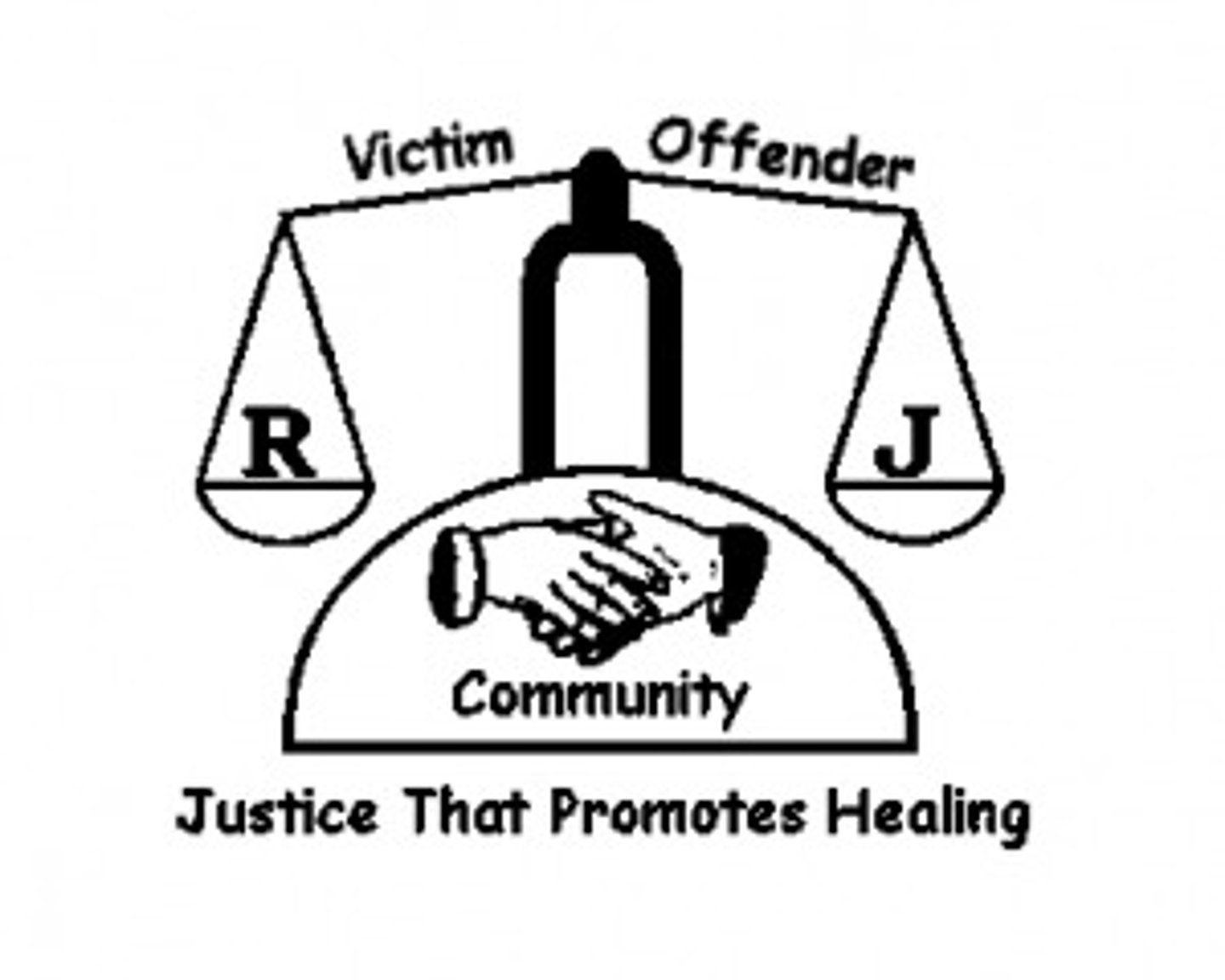
community safety/ accountability/ skills development
3 primary objectives of restorative justice
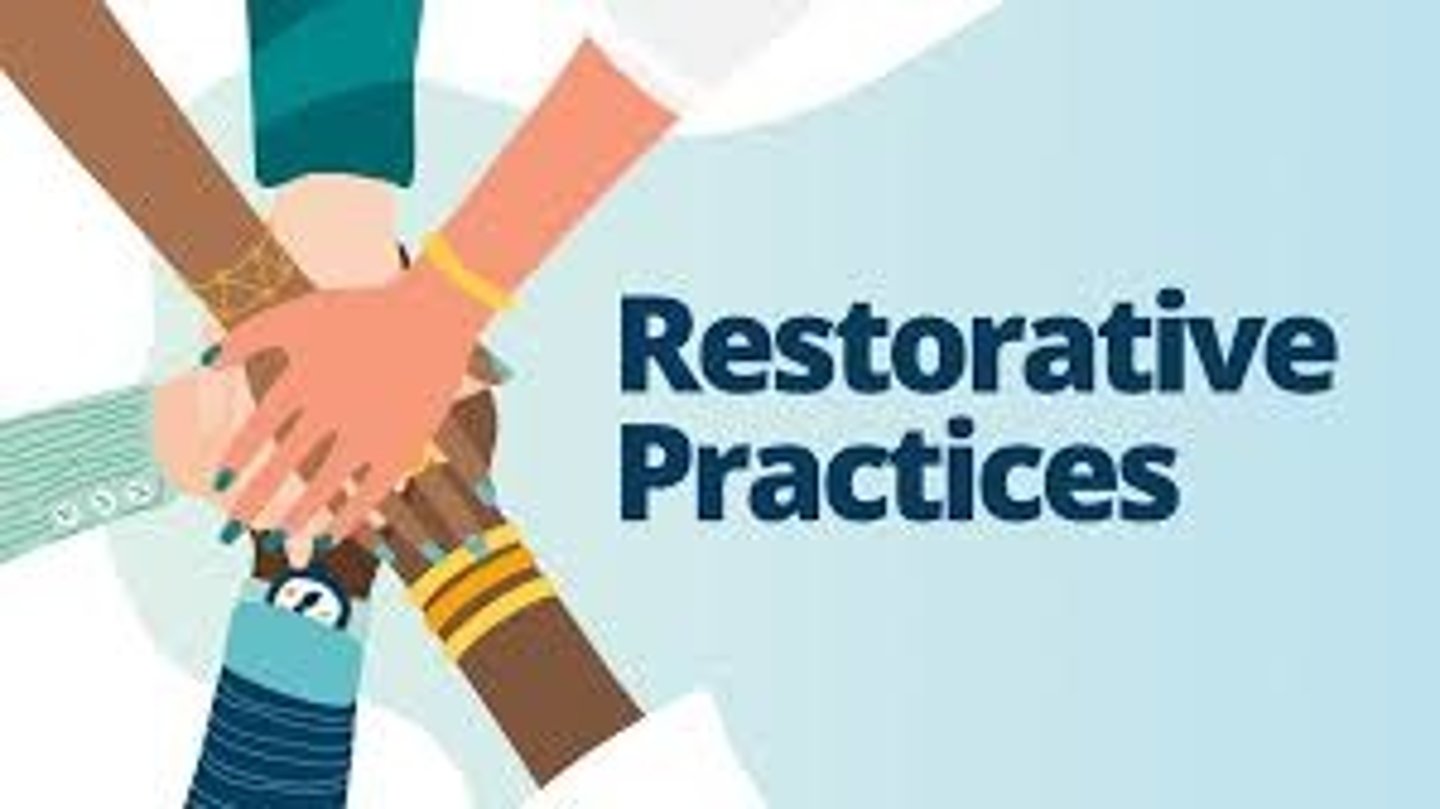
healing lodges
Places where Aboriginal offenders receive services and programs that reflect Aboriginal culture in a space that incorporates Aboriginal traditions and beliefs. The offender's needs are addressed through Aboriginal teachings and ceremonies, contact with elders, children, and interactions with nature.

sentencing
the judicial determination of a legal sanction upon a person convicted of an offence

denounce conduct/ separate offenders/ rehabilitation/ reparations/ accountability
5 additional sentencing goals beyond specific & general deterrence

fundamental principle of sentencing
the belief that sentences should be proportionate to the gravity of the offence and the degree of responsibility of the offender

aggravating
Any circumstances accompanying the commission of a crime that may justify a harsher sentence.
Ex. previous crimes, extreme recklessness

mitigating
Any circumstances accompanying the commission of a crime that may justify a lighter sentence.
Ex. theft to support family

stare decisis
this principle relates to this tenet of sentencing: similar sentences for similar offenders committing similar crimes

absolute discharge
Releasing a convicted offender and erasing the criminal record after one year

conditional discharge
releasing a convicted offender under certain terms, and erasing the criminal record after a specified period if terms met
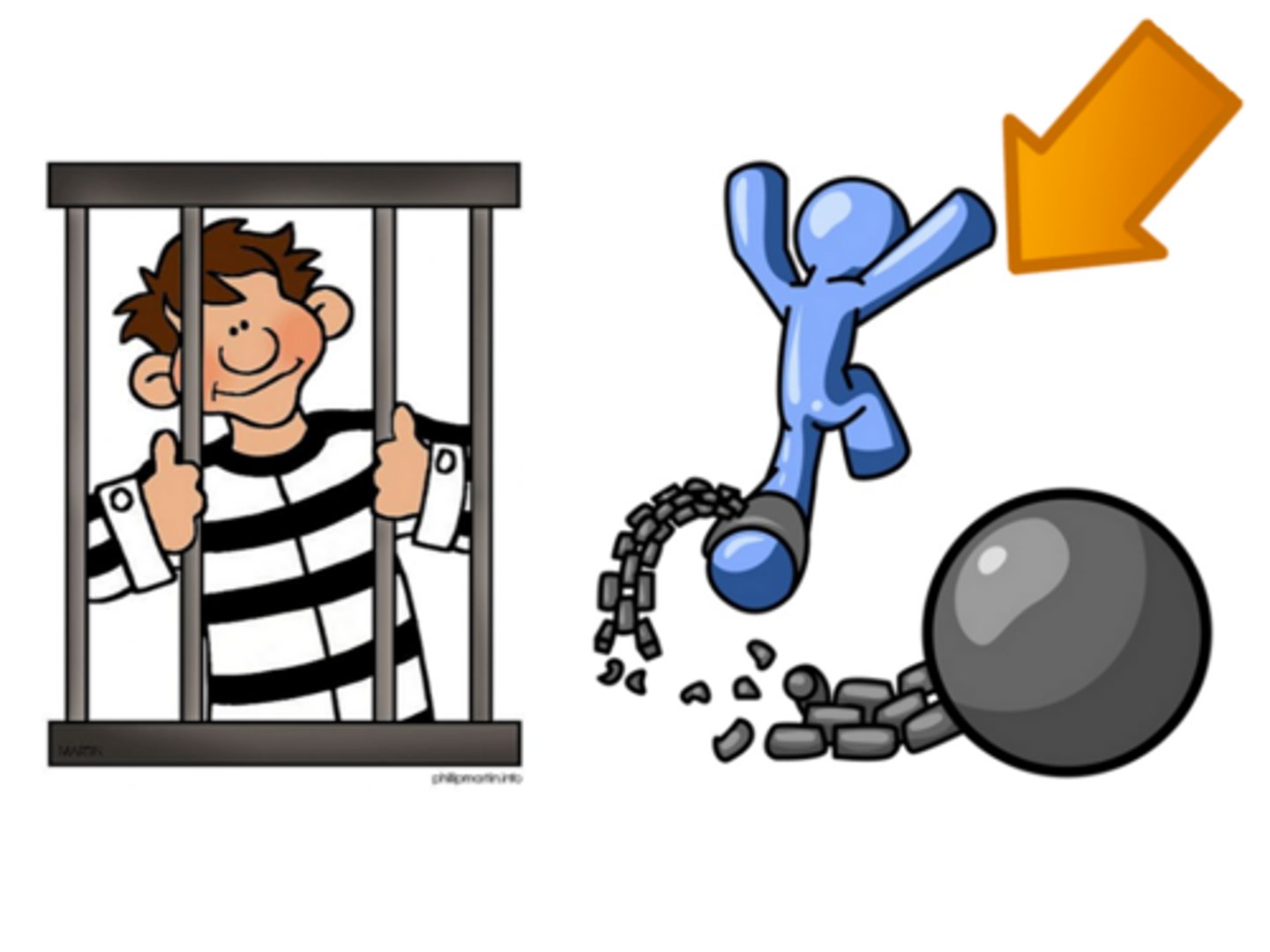
restitution
is a payment made by an offender to the victim to cover expenses resulting from a crime, such as monetary loss resulting from property damage or expenses incurred owing to injuries

fine
a sum of money to be paid to the state by a convicted person as punishment for an offense. The judge sets the amount of the fine, the way the fine is to be paid, and the time by which the fine must be paid.

community service
a sentence requiring the offender to perform a certain amount of unpaid labor in the community. May be done to pay off a fine

imprisonment
putting someone in prison or in jail as lawful punishment. +2 years served in federal penitentiaries

extra-legal factors
factors (e.g. race, gender, class, appearance, Judge factors) that affect legal decision-making

sentencing disparity
inconsistency of sentences for the same offense from one judge to another

unwarranted sentencing disparity
variations in sentencing severity for similar crimes committed under similar circumstances that result from reliance by the judge on legally irrelevant factors
fall into 2 main groups

systematic disparity
consistent disagreement among judges about sentencing decisions because of factors such as how lenient judges think sentences should be (consistent between similar cases)

unsystematic disparity
inconsistencies in a judge's sentencing decisions over time when judging the same type of offender or crime because of factors such as the judge's mood. Inconsistency in judging between similar cases. Can relate to mood, focusing on irrelevant stimuli, interpretation that day, personal life, previous cases

sentencing guidelines
a mechanism to indicate to judges the expected sanction for certain offenses, in order to reduce disparities in sentencing. Often involving mandatory minimums/ maximum sentences

increases
punishment based sanctions were shown to lead to moderate ____ (increases/ decreases) in recidivism in a review by Gendreau and colleagues (2001)

risk need responsivity model
A model that attempts to reduce future criminal behaviour by focusing on the highest risk offenders, identifying their unmet needs, and tailoring interventions to the distinct needs of each offender
Appropriate programs exhibit decreased recidivism, while inappropriate programs result in an increase in recidivism

risk principle
Principle that correctional interventions should target offenders who are at high risk to reoffend. Low risk offenders may increase recidivism when exposed to antisocial attitudes

need principle
to be effective, correctional interventions must address the criminogenic needs of offenders (i.e., factors that are known to contribute to reoffending; Andrews & Bonta, 2010).
e.g. antisocial attitudes, personality factors like impulsivity, peers, SUD

responsivity principle
Correctional interventions should be matched to the learning styles and abilities of individual offenders, as well as personality, gender, & ethnicity
structured CBT based interventions are likely to be most useful
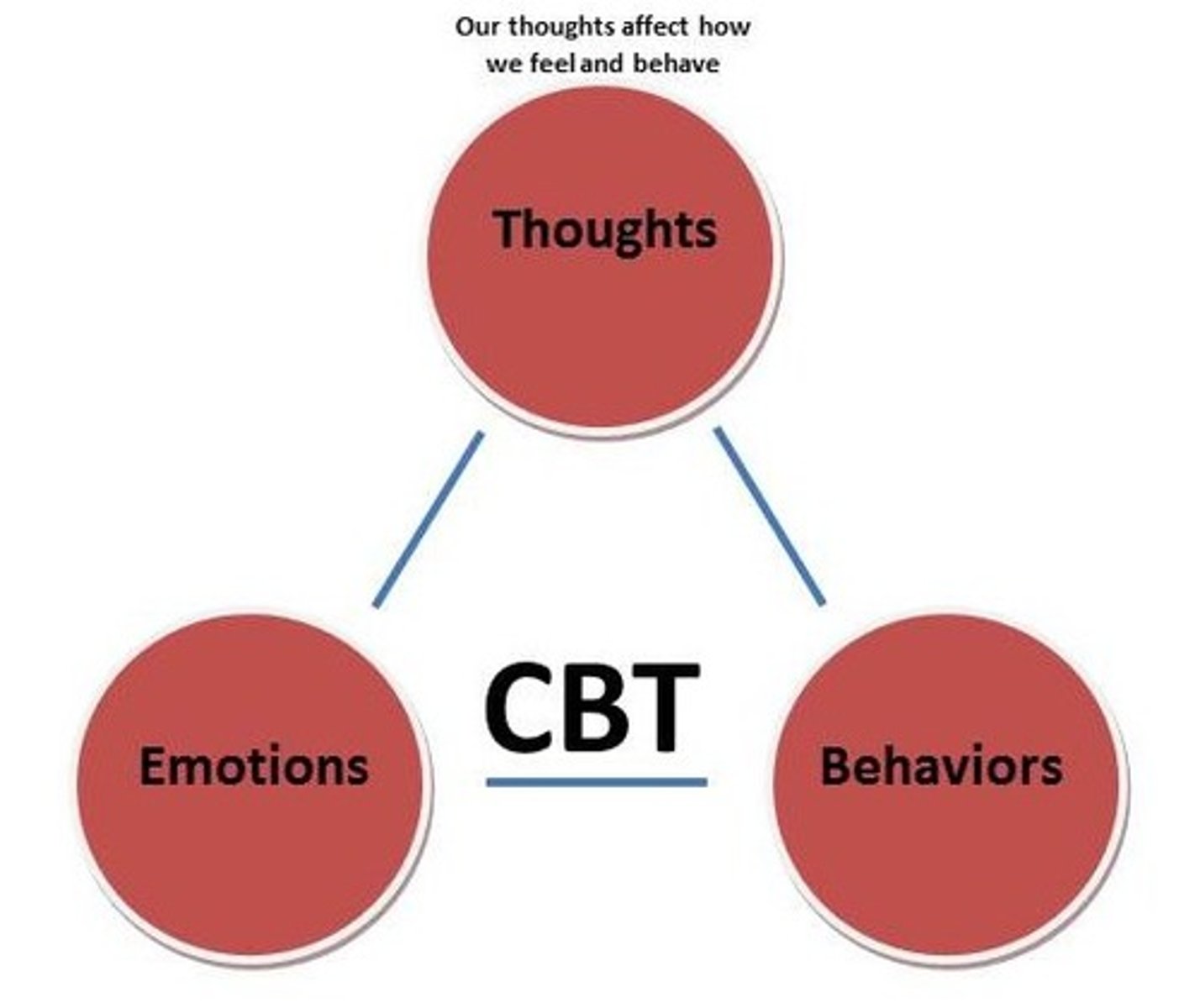
parole
to grant a prisoner an early release from prison, with conditions & supervision which can be revoked if conditions are violated
Given with the intent of reintegration & rehabilitation

Parole Board of Canada
The organization in Canada responsible for making parole decisions

temporary absence
A type of conditional release that allows an inmate to participate in community activities (escorted or unescorted) including employment and education, while residing in a minimum-security facility or halfway house

day parole
conditional absence from custody during the day only to participate in community activities such as treatment programs. Must return each night

full parole
a form of parole that allows the offender to serve the remainder of his or her sentence under supervision in the community. Risk assessment is done. Usually already have temporary absences/ day parole previously. In Canada, an offender must usually serve the first third of their sentence or the first seven years, whichever is less, before being eligible

statutory release
Release, by law, after serving two-thirds of a sentence. An assessment is carried out to predict the likelihood of reoffending, and consideration is given as to what conditions should be implemented to address the chance of risk.

women/ sex offenders
vignettes with these offender characteristics in Gobeil and Serin's (2009) study were more likely to be released

indigenous/ domestic violence offenders
vignettes with these offender characteristics in Gobeil and Serin's (2009) study were less likely to be released
Interestingly, these differences were not related to potentially important participant characteristics (e.g., the age, gender, experience, or professional background of the parole board member).

breach of conditions
most failures experienced by offenders on parole relate to this, pointing to the effectiveness of parole

sentencing
the most visible and controversial aspect of the legal system

understanding behaviour
psychology's goals re: behaviour

controlling behaviour
the law's goals re: behaviour

respect for law/ public safety
2 main goals applied to sentencing under the Criminal Code of Canada section 718
accomplished through specific & general deterrence respectively

proportionate to gravity of offence/ degree of responsibility
2 key principles to the fundamental principle of sentencing

lenient
Judges are more likely to be (lenient/ punitive) when it comes to min/ max sentencing
concurrent sentences
prison sentences for two or more criminal acts, served simultaneously and run together

consecutive sentences
prison sentences for two or more criminal acts, served one after the other
Seen as unduly harsh: violates Charter of Rights & Freedoms

least restrictive sanctions
when sentencing, Judges must consider this, looking at alternatives

attribution theory
the theory that we explain someone's behavior by crediting either the situation or the person's disposition
3 continuums:
internal & external
stable & unstable
controllable & uncontrollable

moderate
In the sentencing simulation study by McFatter, 6 Judges were given 13 offender descriptions with a range of low/ moderate/ serious crimes
They were asked to rate the seriousness and recommend a sentence (1-103 scale)
This showed systematic disparity based on the Judges
this severity of case had variable ratings while the other levels were more consistent

unsystematic disparity
when the Judges were approached again a couple months later, this form of disparity was uncovered

non-violent
most common charges are (non-violent/ violent)

robbery/ homicide/ drug offences/ sexual offences
4 most common charges for offenders in federal custody

30-34
most common age group of those admitted to custody (2022)

45
about __% of male offenders with MI receive treatment in custody
vs. 69% female offenders with MI
80% of people in provincial jails have SUD

25
2008-2013, only ___% had a high school diploma vs 80% of general pop.
shows link between education, employment, and criminality

aging population
a concern going forward for corrections in Canada as this population requires specialized care

30 days
median length of incarceration
92% of offenders are out in 6 months or less
Only 2-3% sentenced to 2+ years

over incarceration
refers to the high rate of people in the prisons. An issue in the US when compared globally (3.2% pop in US vs 0.13% Canada)
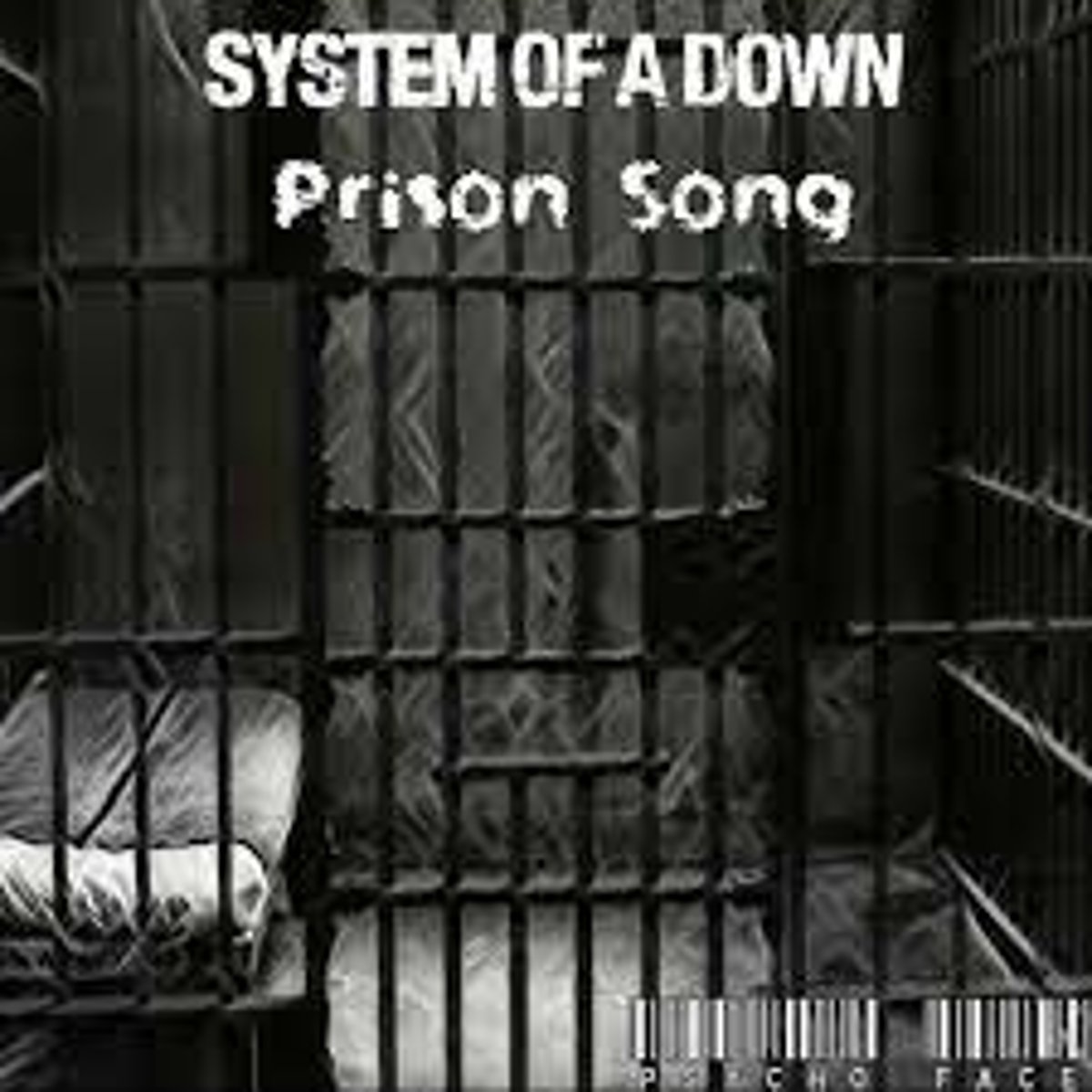
northern
crime rates are higher in this area of Canada, including rates of violent crime (homicide & attempted murder included), younger offenders, and with more victimization of women

clinical forensic psychologists
Psychologists who are broadly concerned with the treatment of mental health issues as they pertain to the law or legal system

criminogenic factors
factors that cause or tend to cause criminal behavior
related to recidivism
ex. lack of education/ employment, SUD treatment, mental health

intervention/ criminogenic/ risk
3 needs/ factors that are assessed by clinical forensic psychologists

assessment/ crisis intervention/ treatment/ program development & evaluation
4 overarching roles of a clinical forensic psychologist in the corrections system

prisonization
the process by which a new inmate absorbs the customs of prison society and learns to adapt to the environment

enforced idleness
a condition of prisons that can damage mind and body as the system rewards this
results in:
- demoralization
- breakdown of habits
- physical deterioration
leads to:
- not being able to perform occupations

social isolation
a complete/ near complete lack of contact with people and society
a condition of prison that is harsh

lenient
more (lenient/ punitive) punishments are linked with lower recidivism rates

general
this form of deterrence is not supported by the high rates of homicide and incarceration in the US

mid sized cities
the most dangerous places typically

War on drugs
In the late 70s and 80s, this campaign fought the new levels of poverty, crime, & drug addiction in the inner cities.
Pushed out the rehabilitative model in prison systems

antisocial characteristics
the biggest risk for recidivism and target for intervention when considering the need principle as discussed in class

prosocial modelling
demonstrating positive, helpful behaviour
re: responsivity principle

appropriate reinforcement and disapproval
related to operant conditioning
can increase effective service delivery
re: responsivity principle

match learning style , ability, motivations
getting to know someone and finding out what are their goals & interests, what they're good at, and potential areas of improvement. Effectively engaging them based on the way they learn
re: responsivity principle

behaviour modification
a systematic approach to changing behaviour through the application of the principles of conditioning. Includes token economies.
a common approach, less effective than CBT based approaches

intensiveness/ individual sessions/ anger control
3 factors linked to the effectiveness of treatment

authoritative
this type of therapist behaviour is linked to effective treatment
high expectations & high responsiveness

frequent praise
when therapists provide this, it reinforces prosocial behaviours

warm/ enthusiastic/ respectful/ clear
4 therapist characteristics related to effective treatment

structured skill focused learning with concrete steps
therapist makes it clear how progress can be achieved, use of scaffolding & clear path
